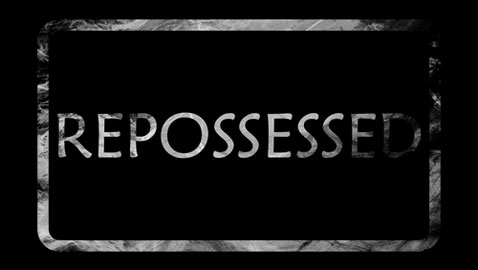
The number and proportion of mortgages ending in repossession was lower in 2013 than in any year since 2007, according to the latest data from the Council of Mortgage Lenders (CML).
They totalled 28,900, representing 0.26% of outstanding mortgages.
This compares with 33,900 repossessions and a rate of 0.30% in 2012. Repossessions have been falling steadily since their most recent peak in 2009 of 48,900 (0.43%), aided by the beneficial effect of low interest rates, relatively strong employment, and effective arrears management.
Mortgage arrears have also declined. As at the end of 2013, 1.29% of all mortgages were in arrears to the value of at least 2.5% of the loan balance (that is, at least £2,500 arrears on a £100,000 loan). This compares with 1.40% of mortgages at the end of 2012, and a peak of 1.88% in the second quarter of 2009.
There has been a decline in the number of arrears cases across all categories, including the deepest arrears band of 10% or more of the mortgage balance. This arrears band fell year-on-year for the first time since the third quarter of 2010.
As at the end of 2013, 28,700 mortgages (0.26% of all mortgages) were 10% or more in arrears, down from 29,200 at the end of the previous quarter and 28,900 at the end of 2012.
Paul Smee, the CML’s director general, said: “Mortgage arrears and repossessions continue to fall, with low interest rates, relatively strong employment, and lender practices all combining to keep most people in their homes even if problems arise.
“Lenders recognise that temporary changes to circumstances can knock households off track – we only need to look at the experiences of households affected by flooding right now to realise that life can contain unpleasant and unforeseen shocks.
“Anyone facing difficulty should talk to their lender, who will try to work with them towards a plan that will get them back on track so that they can sustain their home-ownership for the long term.”
Richard Sexton, director of e.surv chartered surveyors, said: “Falling homeowner arrears and repossessions are another barometer that underlines the steady economic recovery. As the economy makes strides back to health, we’re seeing a tangible impact for many ordinary households up and down the country, with repossession cases at their lowest level since 2007. Low interest rates and a stronger jobs market are helping people climb out of the red and stay in their homes. For the most squeezed households at the bottom the mist is finally starting to lift too, and the number of borrowers in severe arrears has fallen for the first time year-on-year since 2010.
“While the nationwide picture may be rosy, on closer inspection the regional disparity across the country reveals some gloomier news. The North-South divide in housing repossessions persists and has widened to its largest in six years, with 33% more repossessions in the North than the South. Even within the capital there are pockets where repossessions are a cruel everyday reality – and Croydon is the ninth worst town for repossessions in the whole of the UK.
“The Bank of England granted many borrowers a temporary reprieve yesterday, when it signalled that interest rates are unlikely to rise before next year’s election. However an eventual base rate interest rise remains inevitable, and with it looms the prospect that homeowners, and particularly first-time buyers, will suddenly have higher mortgage repayments. We have made leaps forward over the past year, but we may yet see some steps back before the market fully recovers”